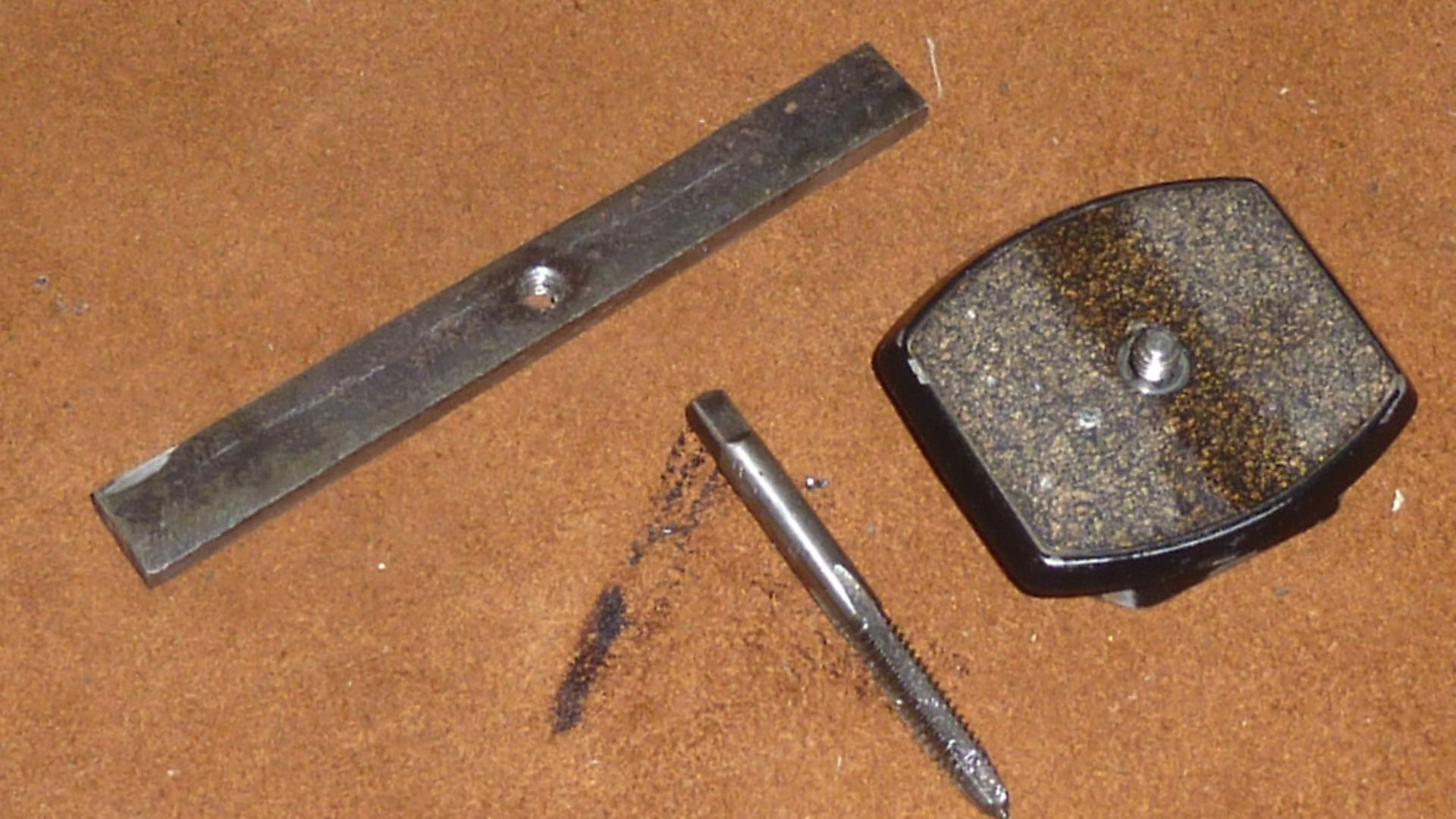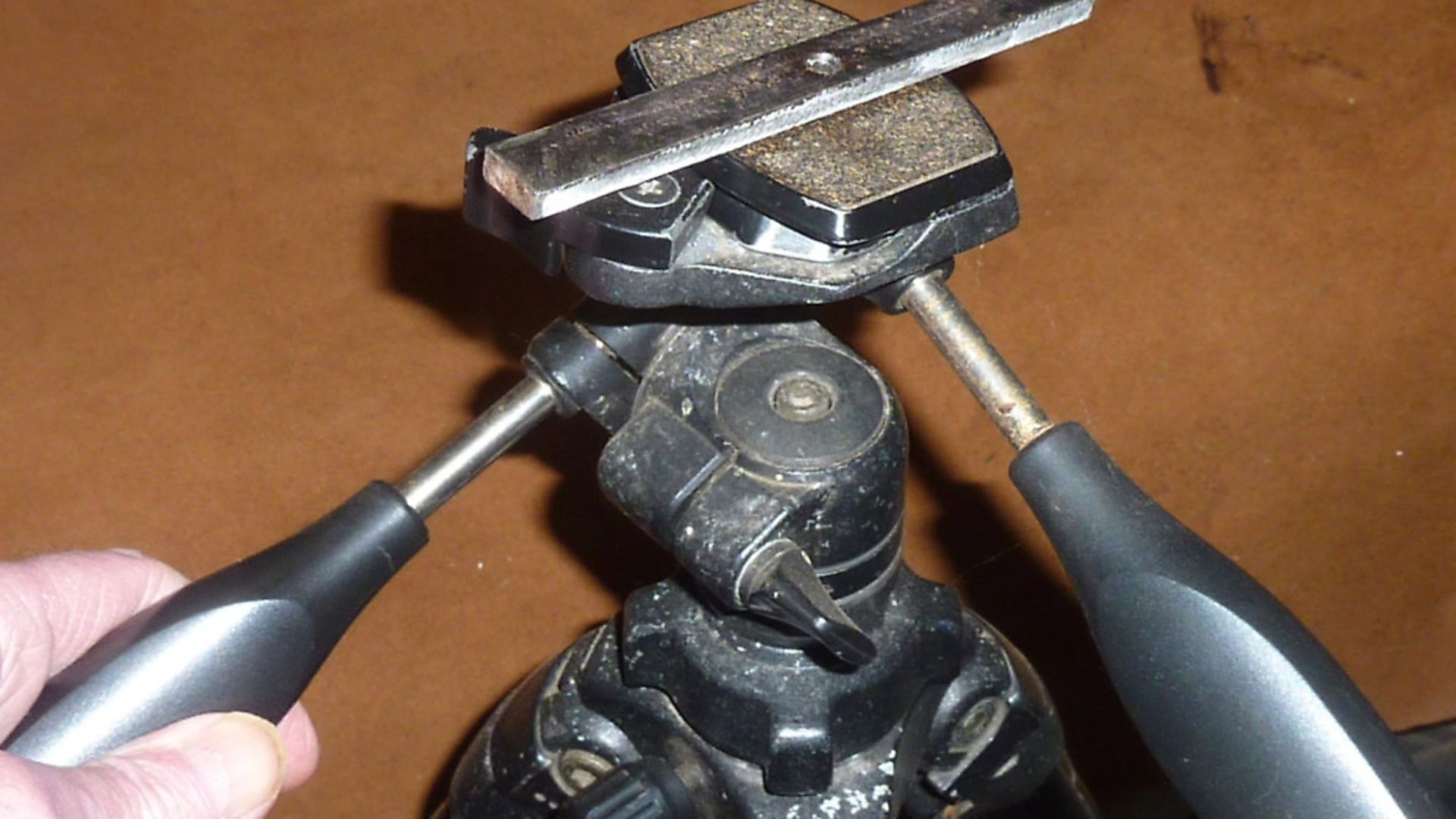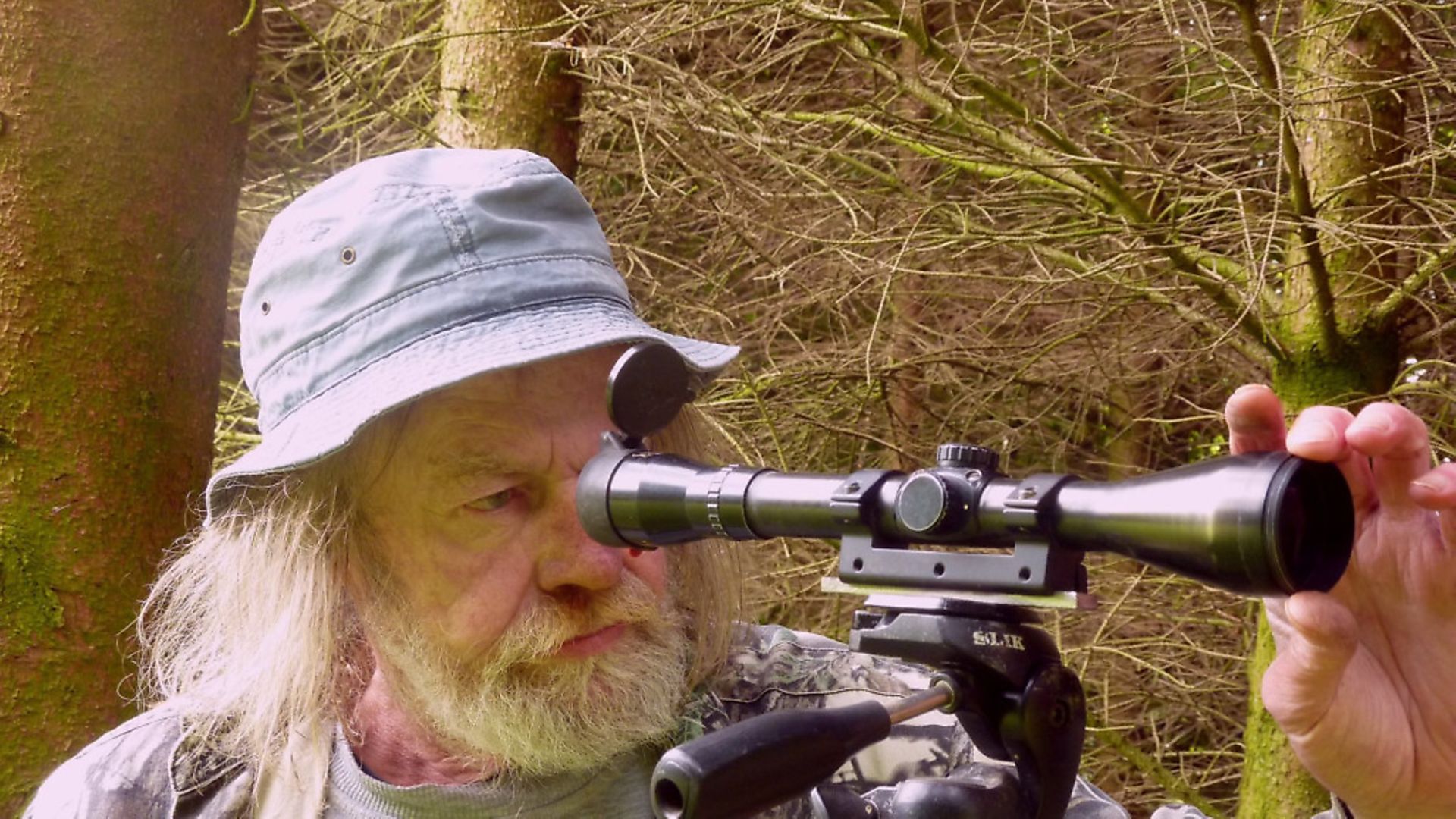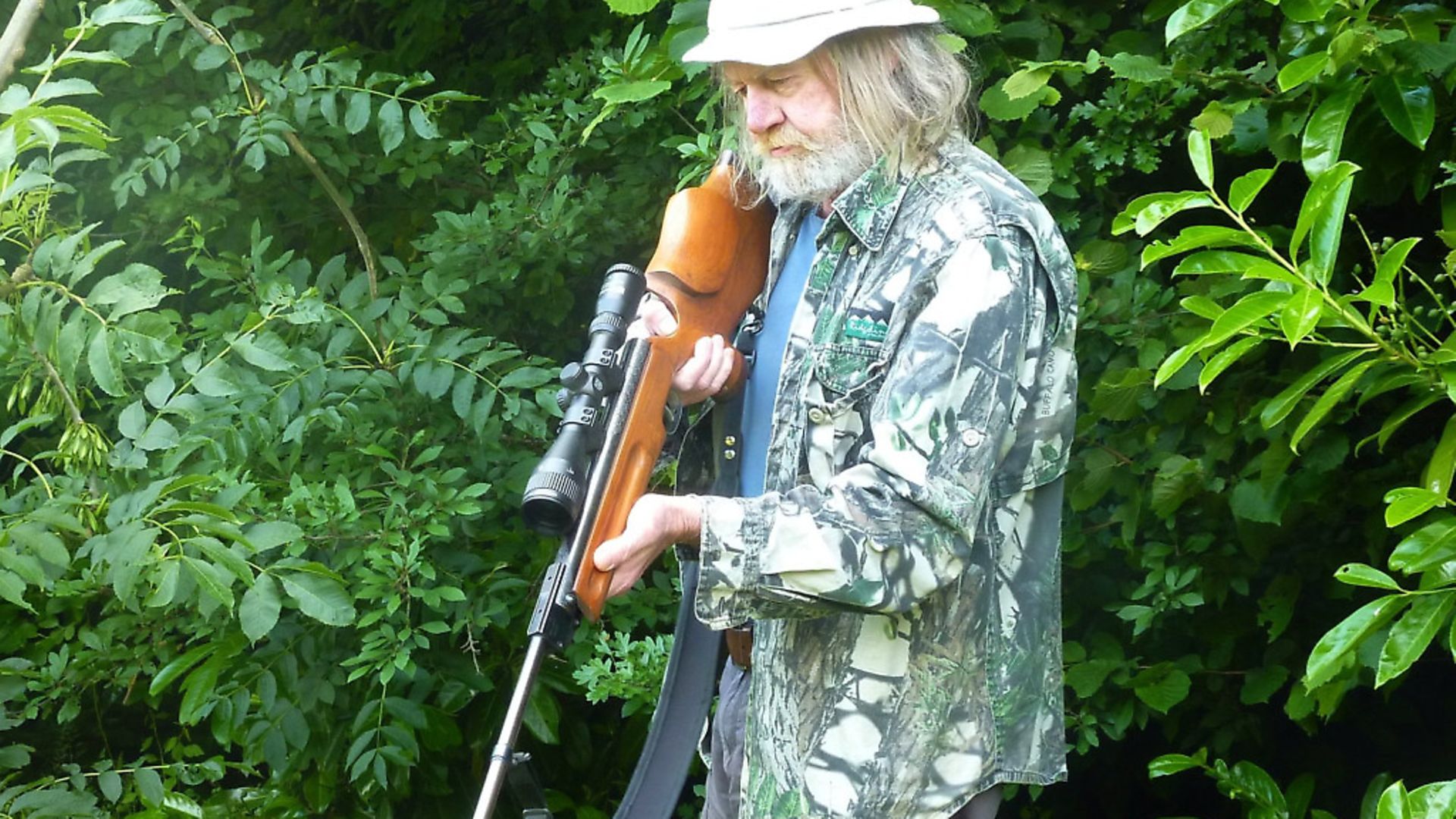What is parallax error and why does it matter? Jim Tyler explains what causes parallax error in your scope, why it matters, and how to avoid it!
 credit: Archant
credit: Archant
The term ‘parallax error’ is used to describe movement of the viewed image through a scope relative to the reticle, caused by a change in the position of the user’s eye relative to the axis of the scope. Put simply, the position of your intended pellet point of impact (POI) moves away from the reticle aim point if your eye moves away from being directly behind the axis of the scope. Parallax error is thus a potential cause of inaccuracy.
 credit: Archant
credit: Archant
Simple Equation
The distance by which the image of the intended POI can move away from the reticle aim point can be calculated using a very simple equation, which is the radius of the objective lens multiplied by the difference between the target distance and the scope focus (parallax) range, and divided by twice the focus range.
A 40mm objective lens scope parallax focused at 25 yards and with a target at 40 yards has a maximum potential shift of 20 x 15/50, which works out at 6mm. That means the pellet can land a maximum of 6mm – in any direction according to whether your eye is left, right, high or low – away from the intended POI, and it’s important to realise that this figure is the absolute maximum, to achieve which, your eye must be a long way from the centre of the scope, much further than you’ll normally achieve unless you make a special effort to look through the edge of the image.
 credit: Archant
credit: Archant
Experimental evidence
Experiments suggest that unless you do make a deliberate effort to move your eye as far from the scope axis as possible, parallax POI shift, in practice, is likely to be nearer a quarter of the absolute maximum, or 1.5mm, which isn’t a lot unless you’re a paper-target shooter.
There are ways in which the POI error caused by image shift can be reduced, or even negated, but before looking at them, we’ll consider what exactly causes the image shift that can lead to parallax error.
 credit: Archant
credit: Archant
Focus
All the light we see when viewing a target in daylight emanates from the sun, and has reflected from the surface of the target. The light from a single point on the target bounces off in many directions, some of it entering the entire surface of the objective (front) lens of a telescopic sight; refracting (passing through) each air/glass boundary causes the light to bend, and the objective when focusing a scope for parallax purposes is to get all of the light from that single point on the face of the target to converge at a single point, at the plane of the reticle. When this is achieved, the light from that single point or any single point on the target, for that matter, will always appear in exactly the same place relative to the reticle, and parallax error simply cannot occur, no matter how far from the axis of the scope you place your eye.
 credit: Archant
credit: Archant
Focusing systems
Sounds good, but there’s a fly in the ointment, which is that it is not straightforward to get the light to converge exactly at the plane of the reticle; before looking at that, a quick look at the means of focusing the scope.
Some scopes have one of two mechanisms for focusing the objective lens; the first to appear was an adjustable collar surrounding the objective bell, which is connected to the objective lens carrier, and can be screwed in and out to move the objective lens, and hence the point at which the light from a single point converges, back and forth. Scopes with this mechanism are usually advertised as PA (parallax adjustable).
The other, more recent, focus method is a wheel mounted on the side of the turret, which moves a lens or lenses in a carrier inside the scope to move the point of convergence back and forth, and these are usually advertised as SF (side focus). Both mechanisms do the same job, and the only advantage of the SF is that it’s arguably easier to adjust while looking through the scope.
 credit: Archant
credit: Archant
The fly in the ointment
Remember I mentioned a fly in the ointment? Well, it is not enough for the light from the target to converge at the reticle, it also has to pass through the lens of your eye and converge again at a single point on your retina, and herein lies the potential problem.
The scope focus mechanism that controls the point of convergence in your eye is the ocular focus, at the rear of the scope, and it is necessary because our eyes are not all exactly the same.
The usual advice for focusing the ocular lens is to point the scope at a plain area of sky, and turn it until the image of the reticle is at its sharpest. The problem with doing it that way is that your eye has autofocus, and your eye might force focus with the plain background, but when your eye focuses instead at the image of a target, the reticle might consequently not be at its sharpest – you probably won’t notice it because you’re concentrating on the image of the target – because the light is not converging on your retina, and the consequence can be parallax error.
The right way
Set the ocular focus as best you can using the method described above, and set a target out at your chosen (parallax) focus range.
With your scope at its maximum magnification (to reduce depth of field, which makes it easier to judge when it’s in focus), point the scope at the target and adjust the front focus until the image is at its sharpest; then, taking care not to move the scope, move your head and see whether the image moves. If it does, readjust the ocular focus and try again, repeating until the image does not move relative to the reticle. The scope is now properly focused.
Other means
Hunters and field-target shooters can adjust focus to the range of every shot, but HFT shooters are not allowed to alter scope settings once they have started a course, and like those of us who use scopes that do not have a focus mechanism, they can reduce the potential for parallax error by other means. The key is always to look through the same part of the scope, preferably the centre, although what’s important is consistency. This can be achieved through practising whilst concentrating on head position until it becomes second nature, although that’s easier said than done in the three positions used in HFT.
More help
There is something else that can help limit parallax error, and that is proper gun fit. Few airguns have stock combs the right height for scopes held in high, medium or, in some cases, even low mounts, so they aren’t much help in trying to achieve consistent eye placement. The ideal, although most expensive solution is to have a custom stock tailor-made to suit you, or if you have the necessary skills, to make your own. A tailor-made stock won’t just help to reduce parallax error, but will also help with cheek weld and generally make your hold more consistent.
Cheaper option
A less expensive alternative is to have the comb cut from the stock, then refitted with riser bars that allow you to set the height to suit you. This has the advantage that if you come to sell the rifle or stock, the buyer can adjust it to suit him or herself.
The cheapest option is only for the brave, and it entails planing the comb level, glueing on a block of wood and reshaping it. I did this to a couple of stocks with good results many years ago, but these days, I’m not so brave.
Conclusion
In theory, parallax error can be significant, but in practice and with a little care, it can be minimised.